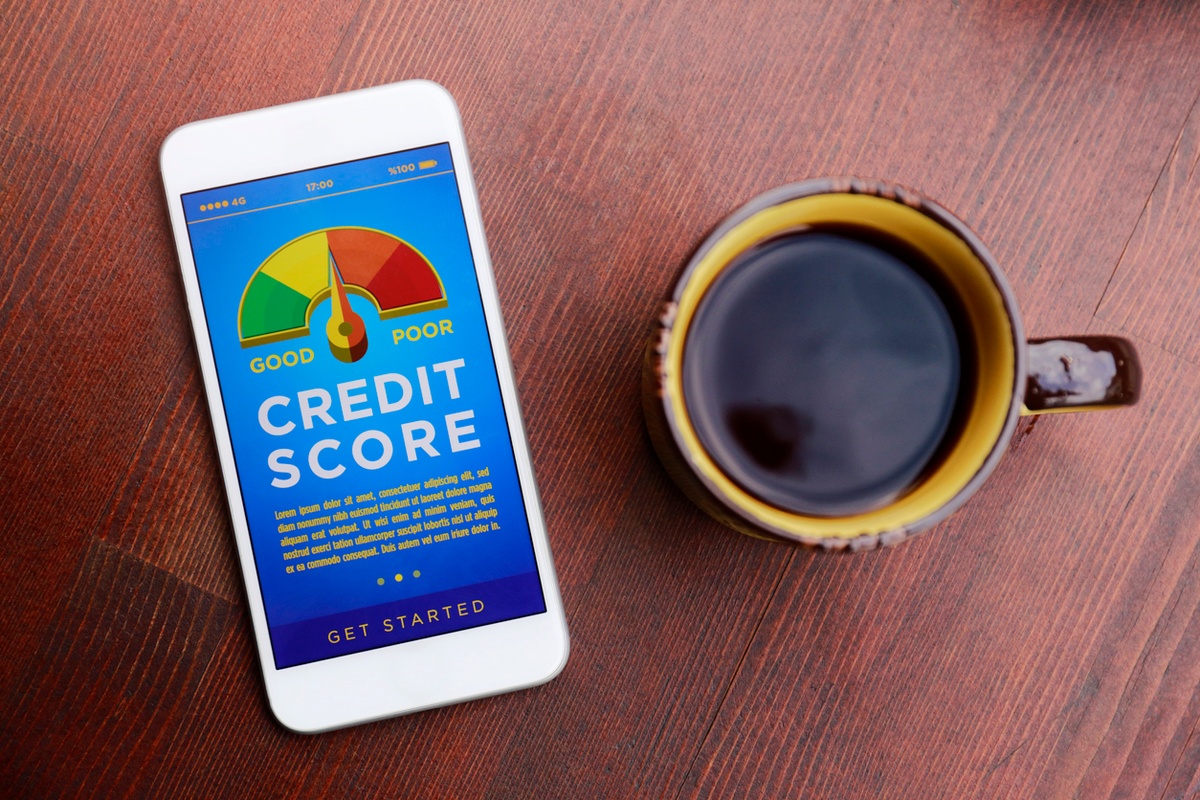Ever get to the end of the month and wonder where your money has gone? This can soon be a thing of the past. Creating a budget is easier than you think.
We’ll show you how, in six easy steps. We also explore ways to trim your outgoings and keep track of your spending, from using ‘jam-jar budgeting’ to handy apps.
Step 1: Get your paperwork together
The first step is to gather your paperwork together like your bills, payslips and bank statements. If you live with your partner, it would be ideal to work together to create a joint budget. This will help you build a better picture of your household finances as a whole.
If you don’t have the paperwork to hand, you could always check your bank statement and utility bills online. Otherwise, you’ll need to use estimates. Bear in mind that it’s always better to round the figures up than underestimate them. That way, you can budget for the worst-case scenario so you won’t be out of pocket.
Step 2: List all incomings
Once you’ve got your information together, make a list of all your incomings for the month. Use the figures that show on your bank statement (i.e. after tax). Then add up each amount to find out your total income. If your income fluctuates month on month, you’ll need to create a fresh budget every time. This is to make sure it is as accurate as possible.
This exercise is a good way of getting to grips with your finances, even if you get paid weekly. You’ll just need to add up your weekly income to find out the total for the month. Your income may include:
- Wages
- Benefits
- Pension
- Investments
- Rent or housekeeping (from lodgers or family members)
- Any other regular payments (e.g. from your partner)
Step 3: List all your outgoings
The next step is to follow the same process for your outgoings. Go through your bank statement and make a list of all your outgoings for the month, then add up the total.
StepChange have an income and expenditure form that you can fill in to create a detailed budget. This will help you to identify which areas you are spending the most on, and where you could make some savings.
Your outgoings may include:
- Regular household bills (e.g. rent, council tax)
- Living expenses (e.g. food, clothing)
- Travel (e.g. car insurance, petrol)
- Debts (e.g. credit cards, loans)
- Leisure costs (e.g. gym, cinema)
- Variable expenses (e.g. hairdressing, medicine)
- Other (e.g. birthdays, Christmas)
Remember to include one-off and variable expenses like hairdressing, prescriptions and birthdays. Divide the total yearly amount by 12 months to calculate the average per month.
Step 4: Check if you can cut back
To see if you’ve got any money left over, deduct your total monthly outgoings from your total monthly income. If you’ve got some disposable income remaining, you could put it towards treats, savings or reducing any debts.
If you find you’ve got more going out than coming in, don’t panic. Remember, your budget is a tool you can use to find areas you can cut back on. So it can help you manage your money better in the long-run.
Run through your list of outgoings and see if there are any areas that you’re overspending on. For example, your budget might highlight that you’re spending a lot on non-essentials. So you could focus on finding ways to save in these areas.
Or your utility bills may be higher than you’d like. So you could haggle for a better deal, or switch providers altogether. Haggling could save you money on anything from your mobile phone bill to your car insurance. Find out 10 top tips to get the price down.
If you’re finding it hard to make ends meet, consider getting in touch with an organisation like StepChange or Citizen’s Advice. They offer free, non-judgemental advice to assist you in managing your money well. They’ll go through your budget with you to help you find an affordable way to improve your situation.
Remember to always put your priority bills first (like your mortgage, rent and council tax for example). If you don’t pay these bills, there can be serious consequences.
Step 5: Set up different accounts for different expenses
A simple way to manage your outgoings is to split up your cash into different ‘jars’. This is called ‘jam-jar budgeting’. You can use physical jars, or separate bank accounts - or a combination of the two. Each jam jar contains money for a different purpose, such as holiday savings, bill money or food money etc.
The advantage of having the cash physically in front of you is that you can see where it’s going - and how quickly you’re spending it. But you might feel safer putting the money into different bank accounts, instead of leaving it around the house. If so, you’ll need to set up standing orders from your main bank account to these ‘jam jars’ to keep them topped up.
Step 6: Keep track of your spending
Remember, your budget is not fixed and is always changing. So it’s important to check your bank balance throughout the month to keep on top of it. For example, unexpected expenses can crop up, such as car or house repairs.
It’s best to try and save an emergency fund as part of your budget. This means you won’t have to rely on credit if something happens out of the blue.
One way to keep track of your spending is to use a banking app. These are useful for when you’re on the go. But there are also other apps like Money Dashboard, which help you to keep tabs on your finances for free.
With Money Dashboard, you can view all of your bank accounts in one place, instead of having to juggle different banking apps. It also categorises your transactions so you know exactly where your money is going.
Wondering how to split the bills with your partner? See our thoughts on whether you should go 50/50.
Adele is a personal finance writer with more than 10 years in the finance industry behind her. She writes clear and engaging guides on all things loans for Ocean, as well as contributing blogs to help people understand their options when it comes to money.
![Email icon]()
Become a money maestro!
Sign up for tips on how to improve your credit score, offers and deals to help you save money, exclusive competitions and exciting products!
Find this useful? Share it with others!









